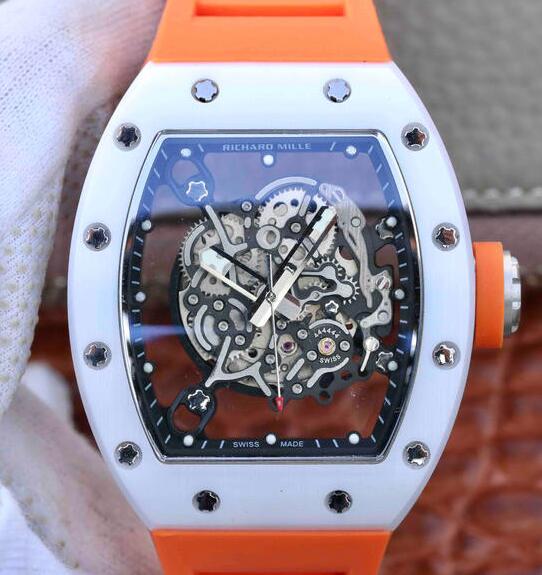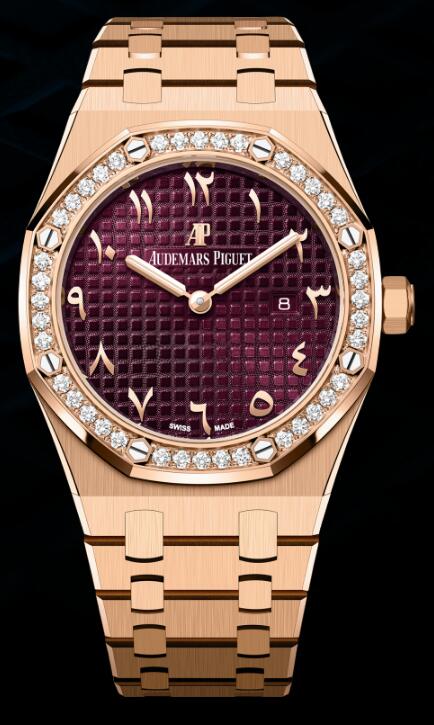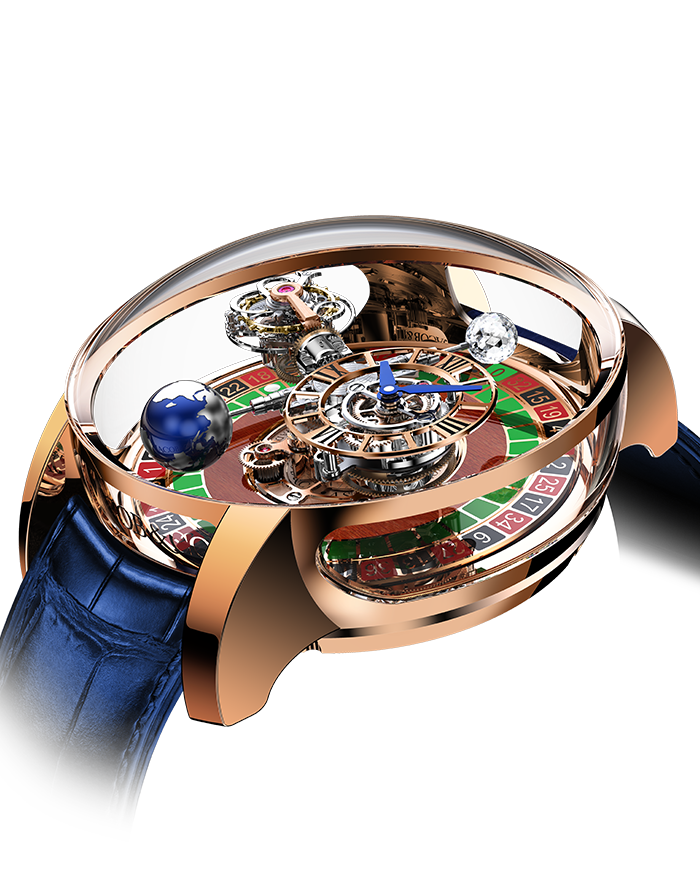 Ruhrpottgeflüster
»
Forum
»
Gästebereich & Registrierungs Infos
»
Patek Philippe Grand Complications Blue Split-Seconds Chronograph 5372P-001
Ruhrpottgeflüster
»
Forum
»
Gästebereich & Registrierungs Infos
»
Patek Philippe Grand Complications Blue Split-Seconds Chronograph 5372P-001

 18.07.2023 10:55 (zuletzt bearbeitet: 18.07.2023 10:57)
18.07.2023 10:55 (zuletzt bearbeitet: 18.07.2023 10:57)
|
|
First of all, the size of the watch with a diameter of 39.4 mm is very suitable for a modern gentleman's dress chronograph watch. Then there's the style of the case, which is very smooth, like the water-worn pebbles found on riverbeds. This watch is designed to slip easily under a gentleman's shirt cuff. Gone are the aggressively stepped lugs and bezel of its predecessor, the 5070. It's Zen reductionism, or minimalist perfection. The crown and square pushers have the same balanced proportions as the ref. 130, while the dial features a beautiful, distinctly vintage-style typography that is also reminiscent of the ref. 130. Even the finish of the dial remains uniform throughout the watch, making it the apex of calm, meditative serenity, with softly sunken subdials.
|

 Thema drucken
Thema drucken




 Antworten
Antworten